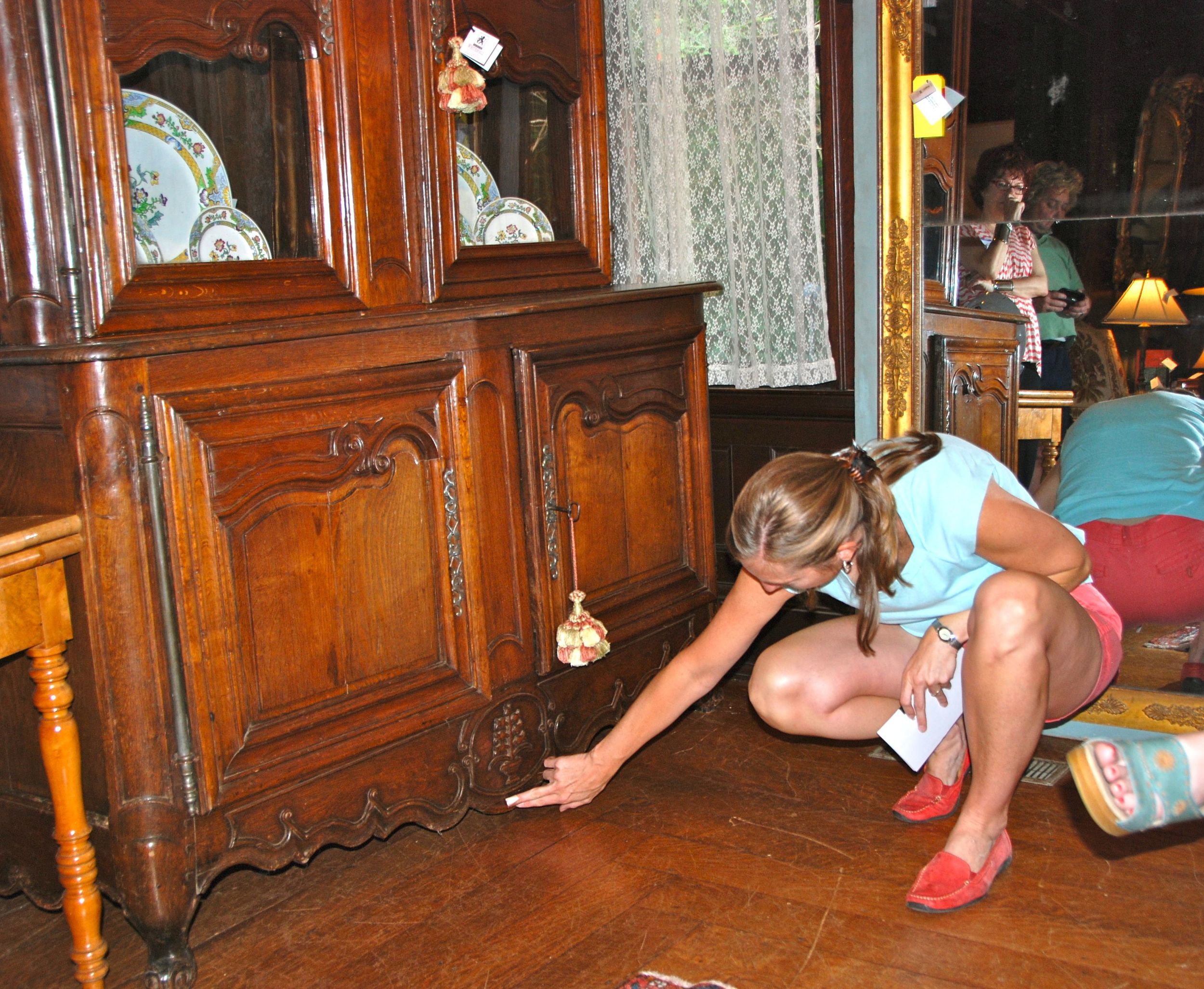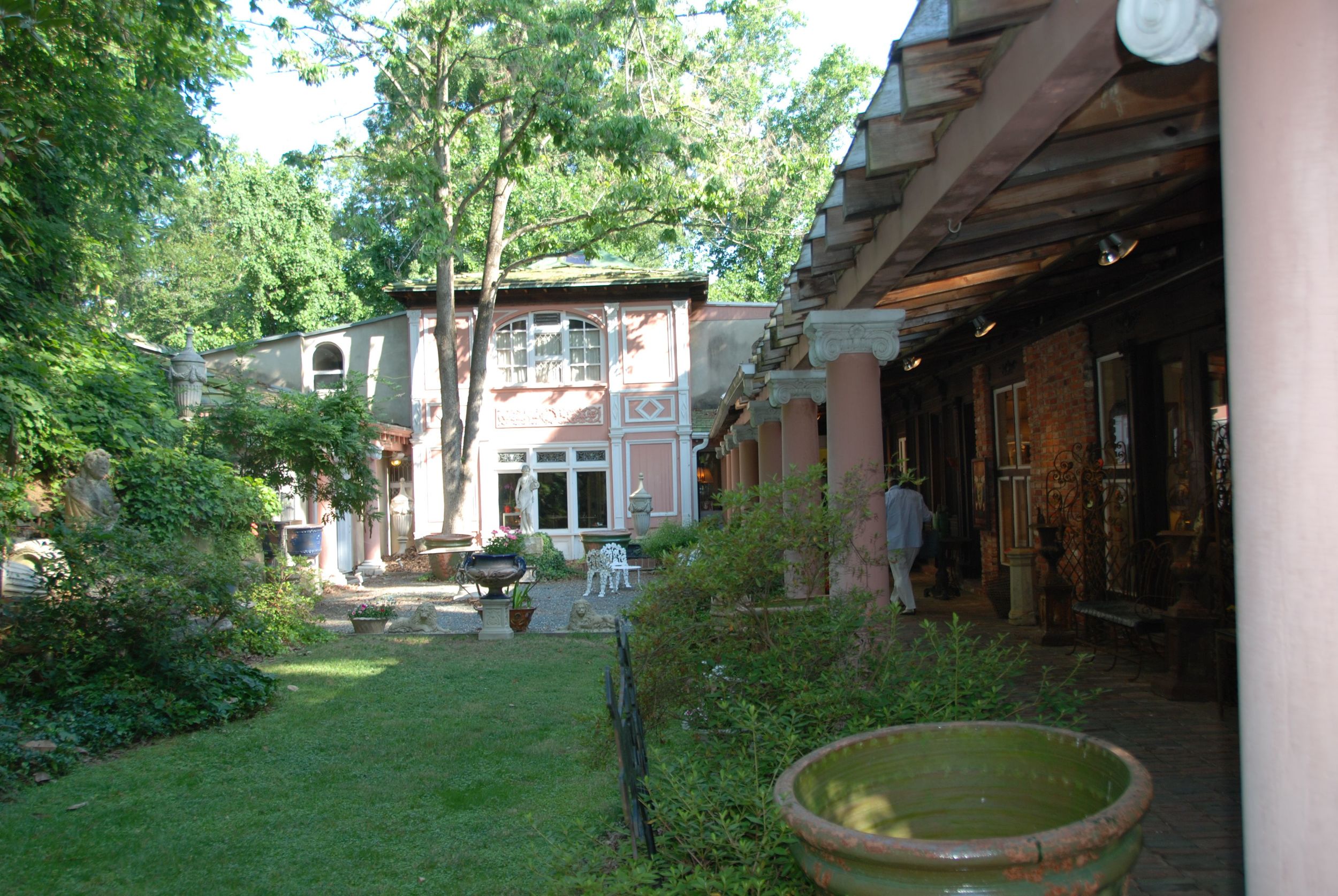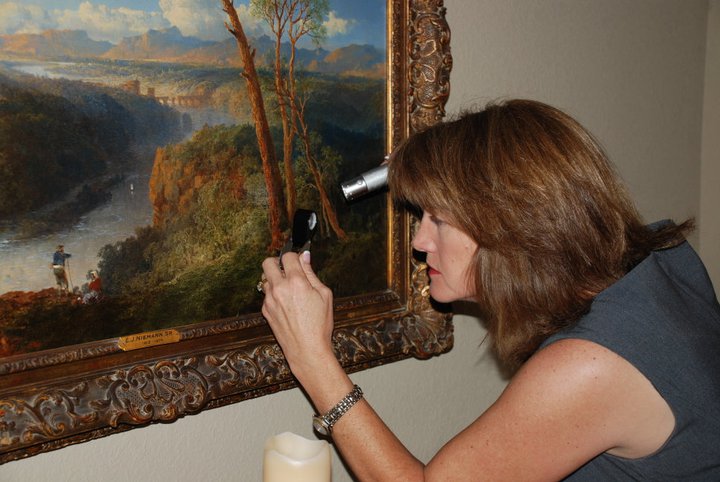The Exhibition began May 29th and will run until August 21st.www.kimbellart.org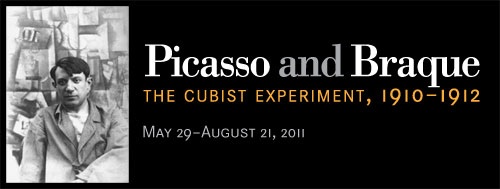
The Kimbell’s current exhibition, Picasso and Braque: The Cubist Experiment, 1910-1912, is a look at an interesting time in two very well known artist’s careers, as well as a fascinating look into art history. It is a snapshot of two masters who decided to toy with the basics of traditional European art and aesthetics, to throw out the idea of art as a faithful representation of the world and take a wholly new approach to the picture surface.
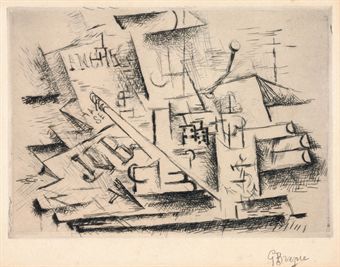
The show includes sixteen paintings and twenty etching and drypoint prints. Eik Kahng of the Santa Barbara Museum of Art conceived and organized the exhibition in partnership with the Kimbell Museum, including two great examples from the Kimbell's own permanent collection, Braque’s Girl with a Cross and Picasso’s Man with a Pipe.
One might initially be underwhelmed with the idea of yet another show of Cubist art, however, this group of work is intriguing. By putting Braque and Picasso’s works in conversation with one another, literally side by side throughout the exhibition, the show examines a small moment in time- no more than two years- but it brings back to life the real and exciting dialogue between the two artists one-hundred years later. As the director of the Kimbell, Eric M. Lee, aptly put it, “This small-scale exhibition examines a brief moment with huge implications for the history of art. . .”
Analytic Cubism, the term born from Braque and Picasso’s experimentation, was to be a simplification of painting. An attempt to break down and exclude the irrelevant, leaving only the formal elements of art: line, shape, and color. Getting their inspiration from Cezanne, the Cubists invented a new way of portraying and representing space which involved several diverse perspectives. The model, ground, background and objects in their works were each given equal significance and broken into geometric components. This led to abstraction as forms were bifurcated and simplified, broken down, taken apart and rearranged. This radical new approach to imagery necessitated a whole new way of looking at art.
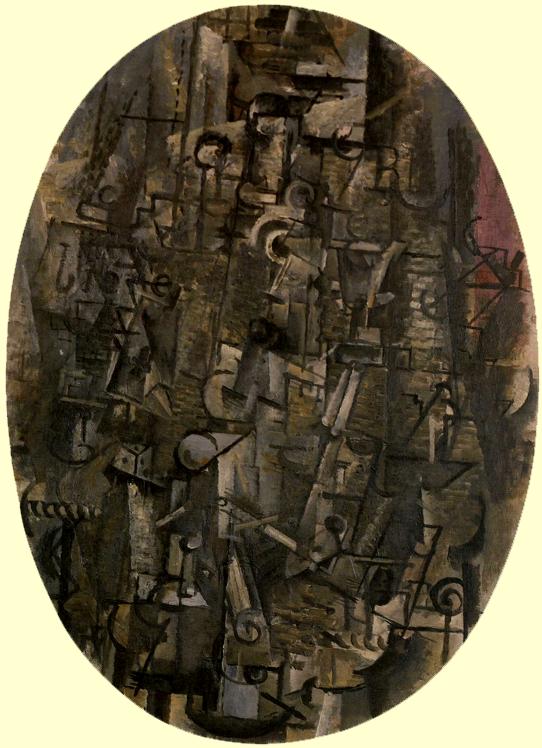
The earliest phase, Analytical Cubism, is featured in the show. The more decorative second phase, Synthetic Cubism, was only hinted at in a few of the later pieces; most notably Braque’s ‘Still life with bottle and glass’.
The show was arranged with the etching and drypoint prints at the beginning and the twenty paintings following. This worked very well for the overall pedagogy of Braque and Picasso’s artistic exchange of ideas as the prints set up the viewer to look at the brainstorming conversations between the masters. After the prints, the viewer is taken to the paintings. It is here the interaction between the artists is solidified, here the audience can see the intellectual playground Picasso and Braque were roaming as they jointly invented Analytical Cubism.
In the paintings the audience is given a glimpse of the object being represented, only shown an impression of reality. Not everything seems to add up, there are holes in these picture puzzles, but as one lets his eyes relax and look upon the canvases, images appear. The thick lines, muted colors and text blur and mesh into an image, but only for a moment. If the viewer focuses closely on an object or shape, if their attention is drawn to a detail or brushstroke, the image that surfaced is lost; disappearing into the maze of competing line and shapes. The Cubists had decided the invention of photography made realistic representation passé, and they were exploring new ways of perceiving reality. Picasso and Braque wanted a still-life to be more than a bunch of gathered objects, they wanted portraiture to be more than a faithful likeness of the sitter.
The Kimbell offered an innovative gallery guide on a iPad, free of charge; a very cool tool. This helped the audience study pieces in the show with extreme detail. This app allowed one to manipulate and view the Cubist's paintings in ultraviolent and infrared light and play with a composition as if it were a puzzle- trying to take apart and rebuild the various elements of a painting. The iPad also included an illustrated timeline of the artists. This component of the exhibition literally put Analytical Cubism into the hands of the viewers. By implementing this new technology, the Kimbell has allowed their audience to learn and develop an understanding of what Braque and Picasso were trying to do. This new use of the iPad is a smart and intimate way to put the learning process into the hands of the audience.
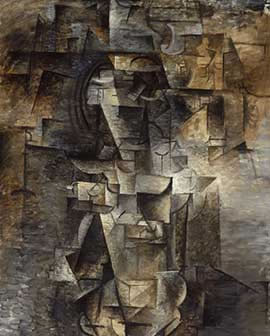
A couple of exemplary pieces within the show- the pieces which were able to portray and communicate what Picasso and Braque were doing with their analytic experiment- were Braque’s ‘Female Nude’ and Picasso’s ‘Portrait of a Woman’. With these two images the subjects were simultaneously visible and invisible, as if there were two canvases competing; the first layer being the image of a woman, and the second being a broken space of shapes, lines and color.
Be sure to catch this great summer show at the Kimbell running until August 21st, we here at Signet Art give it two thumbs up.
M.P.Callender
Signet Art
 There is a new page on our Signet Art website. The page includes some candid information from the heart of our owner, Brenda Simonson-Mohle, and can be summed up in three words; Love, Truth and Conviction.
There are some things in life more important than business, and this new page is an honest expression from the woman who built our business from the ground up 25 years ago. We hope the information you find will give you a true glimpse into the heart and mind behind Signet Art.
Please check it out, we look forward to hearing from you.
There is a new page on our Signet Art website. The page includes some candid information from the heart of our owner, Brenda Simonson-Mohle, and can be summed up in three words; Love, Truth and Conviction.
There are some things in life more important than business, and this new page is an honest expression from the woman who built our business from the ground up 25 years ago. We hope the information you find will give you a true glimpse into the heart and mind behind Signet Art.
Please check it out, we look forward to hearing from you.





